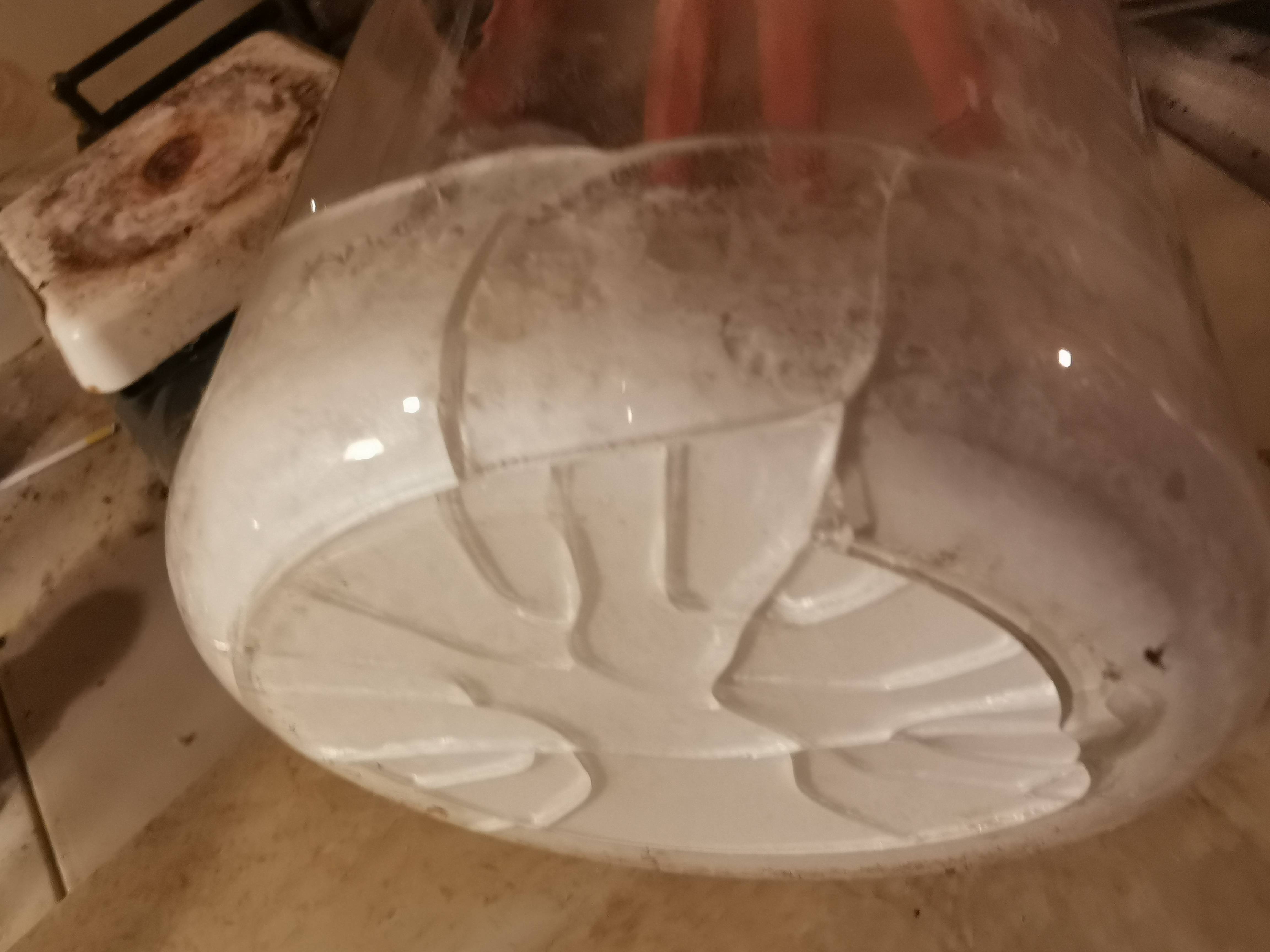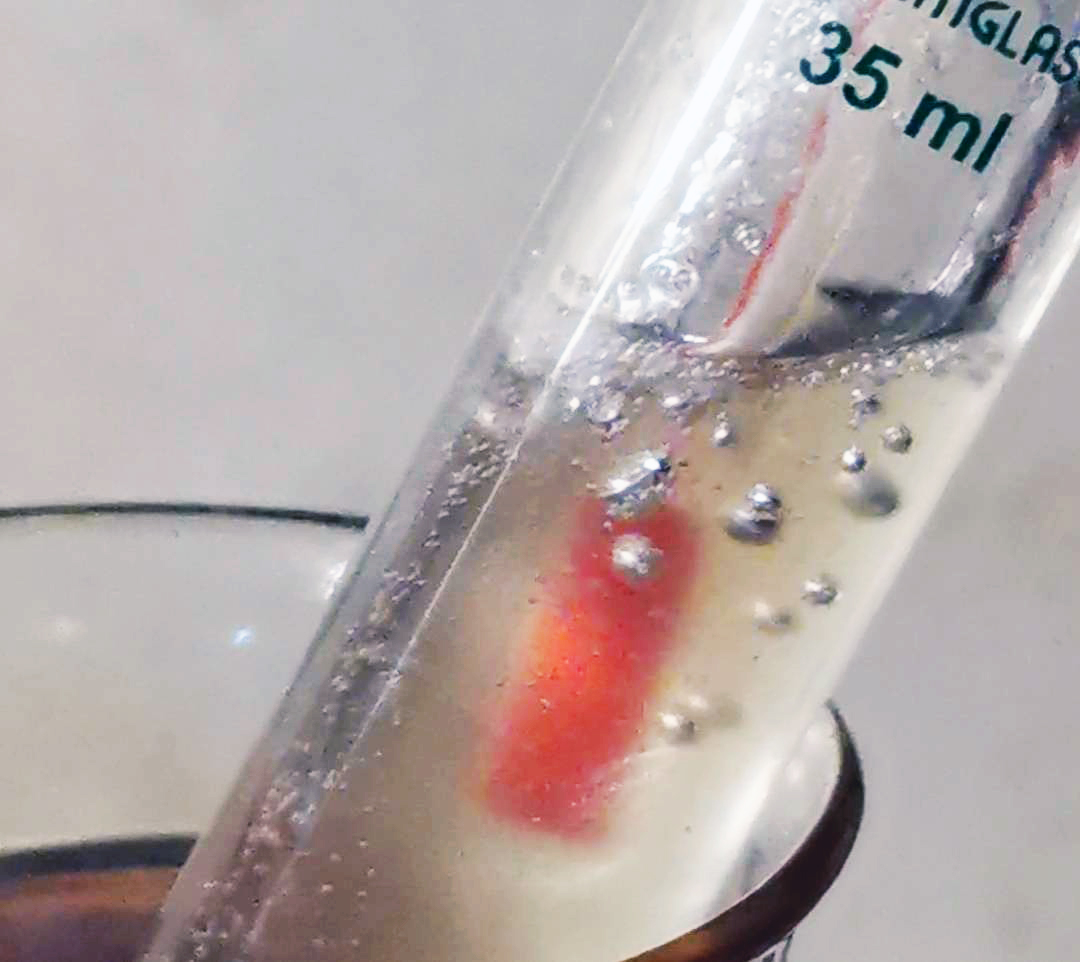Lost a large beaker, reason unknown.
07/21/2025Trying to dehydrate potassium phosphate in a 1500ml beaker when it suddenly massively cracked all the way through. Since most of the salt was solid, I did not actually lose any of it, but I don't think I can get it out of the beaker without sending the bottom off. Oh well.
The interesting thing is, the beaker never went above 150C, and is also Corning Pyrex? I'm really doubting the reliability of where I bought these, since I bought a 4-pack. Maybe there was some invisible damage during shipping, which is incredibly worrying for future usage of the other 3 beakers in the box. At this point, I might even try to look through a polarizing filter and anneal the rest at this point if I see any residual stress pattens.
Besides damage during shipping or counterfeit glass, the first possibility which comes to mind was obviously thermal shock. However, I very doubt this. The beaker was never suddenly heated or cooled, and was on a temperature-controlled ceramic hot plate that has served me well for years. But maybe hot spots formed due to some areas of the potassium phosphate fully dehydrating, which would lead to thermal shock?
My other completely speculative guess is due to the phosphate ion. It's well known hot phosphoric acid etches glass, so analogously the large concentration of phosphate ions somehow intercalated into the glass of the beaker at high temperatures, causing uneven expansion in the crystal structure and explosion? Or is it from the potassium ions intercalating the smaller sodium ions, similar to the manufacture of tempered glass? The reason I don't fully believe this is because of the relatively low temperatures in the beaker, and the phosphate still being in an aqueous solution and not molten, and thus very coordinated by water.
So it's a unknown reason. Hopefully, this doesn't happen when I'm working with heavy metal salts in those beakers. Perhaps the overall lesson is to always take precautions of even reliable glassware suddenly exploding.

Cracked beaker
